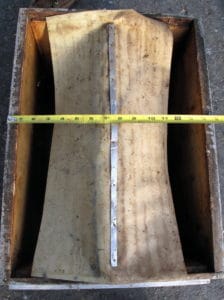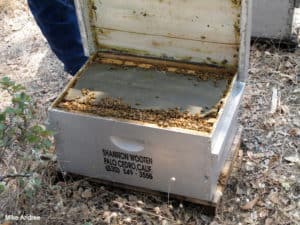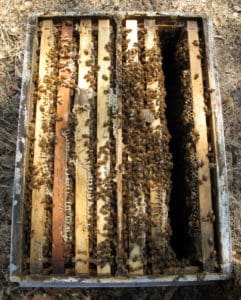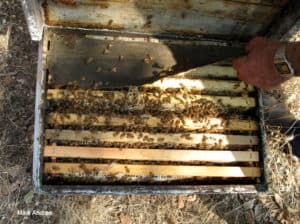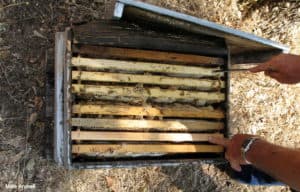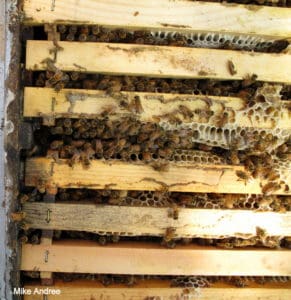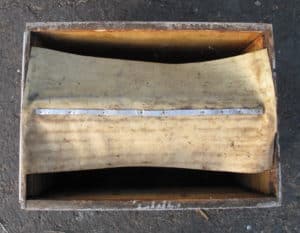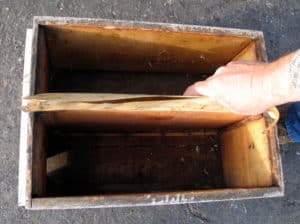
The universal hive can be used to solve many everyday beekeeping challenges including how to maximize the potential and ultimately the production of a hive by means of increasing its worth through the diversification of its function. Beekeepers can be measured by their ability to act and react to an ever changing environment. They possess a working knowledge of bee biology and use experience, ingenuity, innovation, and common sense to manage their hives. Those that exercise the most applied and efficient management practices often reap the most benefits. Balancing practicality, efficiency, quantity, and quality is an art that can take a lifetime to master. An excellent example of this is the universal hive. It encompasses all of the things mentioned above and probably many that aren’t…
The universal hive has a simple design with a few minor modifications that can transform an 8 or 10 frame hive body, commonly used to house a single colony of bees, into a dual colony 2 queen system. The beauty is in the simplicity of its design and utility. For anyone with the know-how, construction seems rather straightforward and requires few extras in terms of materials and manufacturing. I am not a carpenter and do not have any experience building bee hives so I will let the pictures do the talking. Hopefully, there is enough there to get a person started if he or she so wishes.
The universal hive can be used as single or dual queen systems for pollination services and honey production but can also be used to make splits, increases or fill dead equipment. Furthermore, because the hive can be divided into two sections that houses separate colonies they make exceptional mating nucs. Just plop a couple of cells between brood on either or both sides of the division board, flood your mating yard with drones, hope for some good weather, and let nature do the rest.
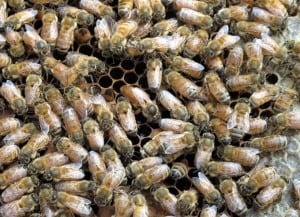
When using the universal hive to make honey with the divider board engaged just add a queen excluder and start piling supers on top. If you’d rather not use the excluder, you could make a split/increase using one queen right side of the box, remove the division board allowing the remaining colony to expand and let the bees do their work. The same principle can be applied when the unit is to be used for pollination services. Splits/increases can be made in spring/summer/fall to boost hive numbers in preparation for almond pollination or the hives can be deployed as single or dual queen systems; both of which should keep you on track for that 8 frame average some almond growers’ desire. Replacing dead outs is a snap when you have a couple of universal hives in your yards. Use one side of the universal hive to replace the dead out and remove the division board from the universal hive allowing the remaining colony to take it over.
Clicking on the pictures embedded in this post will allow you to view descriptions that give examples of how the hives are constructed and what they can be used for.

